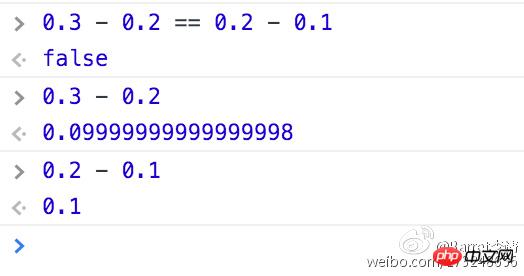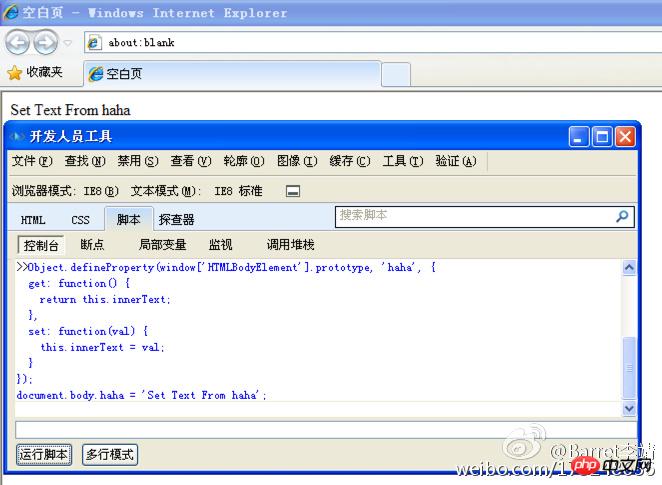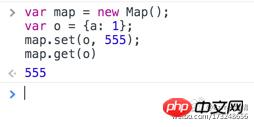
The book "The Definitive Guide to JavaScript" started from the fourth edition to the sixth edition. I have read each edition word for word several times, but the feeling after reading it is completely different. . On Monday last week, I opened this Rhino book again. This time I came with a critical spirit and a research spirit, so I also wrote down some feelings and notes while reading, which are all easily overlooked points. , some of the content may not be mentioned in the Rhino book.
I posted it on Weibo before. I have sorted it out a little and put it here for easy reading.
Understand statements (statemaents) and expressions (expressions) from another angle: expressions will not change the running status of the program, but statements will. There is another type called expression statement, which can be understood as the intersection of expressions and statements, such as ({a:1}), "use strict;", etc. I think it is unnecessary Deadly buckle, it doesn't mean much.
ES3 requires JS to implement Unicode 2.1 and subsequent versions, while ES5 only requires support for Unicode 3 and subsequent versions. Unicode characters exceeded 100,000 characters in 2005, and are still being continuously revised. The latest version is 8.0.
If you don’t like semicolons when writing JS code, but you can’t figure out when you must add a semicolon, you can do this: start with "(", "[" , "/", "+", "-" are preceded by a semicolon, such as ;(a + b).toString().
09 be converted to 9 or should an error be reported directly? This does not exist in hexadecimal? problem, such as 0x98. See here for more information. The reason is that JS cannot represent all real numbers. The number of floating point numbers it can display is limited. For example, it cannot accurately represent one-third of numerical literals. This also leads to errors in its calculation of floating point numbers, such as 0.3-0.2 != 0.2-0.1, because there is data overflow during the calculation process, and the accuracy is lost
##Use undefined for system-level, unexpected or error-like values, and use null for program-level, normal or expected values. When assigning values to variables in normal programming, do not use undefined instead. Null should be used. It is worth noting that undefined in ES3 can be reassigned. ES5 fixes this bug. Usually we use void 0 to restore/replace the value of undefined. #eval is something difficult to grasp. It is more like a Function in ES3, but more like an operator in ES5 (in strict mode, setting aliases is not allowed, otherwise an error will be reported, and it will be treated as a reserved word). ES3 does not allow setting aliases for eval. However, many implementations still allow it and execute it as global code. Browsers, especially IE, are quite confusing in its implementation, and there are no rules to follow. However, IE provides an execScript. Function, similar to global eval, this function will return null every time it is executed. There are not many scenarios where eval is needed. Use it as little as possible. Generally, new Function can be used to satisfy it. Quote Pitfalls in deleting attributes:
After this code is executed, b.x is still equal to 2, why The object {x:2} is referenced by both a and b. The delete instruction only deletes a's reference to it, and the reference on b still exists. This problem may cause memory leaks. 
defineGetter
/As shown in the picture, you may not know that JavaScript’s toLocaleString can still play like this.
There are only two semantics for this context. One is that it is called as a method, and this points to the object that calls it; Called as a function, pointing to the Global object (undefined in strict mode). It has no scope restrictions. As shown in the figure below, since a is called as a function, it points to window, so it returns false.
JavaScript that can be called and executed are all Function types, but there are also callable Objects, such as some host objects in lower versions of IE: document.getElementById, alert, etc., in many browsers The typeof RegExp is also Object. This is definitely a non-standard implementation and should be relied upon as little as possible until browsers discard/fix these error types.

Object.defineProperty Although it is an ES5 thing, it has been supported as early as IE8, but the support is not perfect, such as The settings of these configuration items such as writable, enumerable, and configurable are invalid. IE8 mainly supports getters/setters.

JSON.stringify accepts three parameters. Many people know that the third parameter can set blank characters to beautify the output, but you You may not know the role of the second parameter. It is of type {Array|Function}. If it is Array, it is used to filter the key. If it is a Function, it can process the value, as shown in the figure.

A new data type has been added to ES6, Symbol, which is a primitive data type (Figure 1) with object Features (Figure 2), and can point to the same reference (Figure 3), can be used as the key of an object but cannot be enumerated (Figure 4), the built-in Symbol will affect the execution of the program (Figure 5), Symbol.iterator is very important Symbols can make elements have iterative properties (Figure 6), and there are many tricks.
See the attached picture: //m.sbmmt.com/
Several ways to add Symbol.iterator to pseudo array: duck type iterator function, yield function and direct use Array traversal symbol.
See the attached picture: //m.sbmmt.com/
Set/WeakSet This data structure cannot be said to be useless, but it is It's not very useful. The former is just an array that does not allow duplicate members. It also has some ES6 features. Although the latter can prevent memory leaks to a certain extent, it is also error-prone. For example, a reference has been garbage collected. , if you use it again, it may return null. They are all supporting products of ES6. Map/WeakMap are two very good designs. The conventional Object structure is String-Val key-value pair, and it is extended to AllType-Val. Any type can be used as its Key, whether it is server-side programming or client-side programming. Programming, this attribute brings great convenience.

Understand the meaning of regular zero-width: The so-called zero-width assertions in regular expressions are similar to anchor characters. They match specified positions without Will match the content, such as ^ matches the beginning, $ matches the end, \b matches the word boundary; (?=p) matches the position of "the next character matches p", (?!p) matches "the next character does not match p matches" position. The \b character matches a word boundary, which actually matches the position between \w and \W (\w matches [a-zA-Z0-9]). Few people use \B, which matches non-word boundary positions. A simple understanding is the position between \w & \w or the position between \W & \W.

The content is shared in fragments, there are many, and it is complicated, so I have not listed them all. For those who are interested Students can follow my Weibo, and my thoughts and notes will be synchronized on it.
I have read the Rhinoceros book almost six or seven times before. Many of the contents have been deeply engraved in my mind, but as time goes by, I will forget some and sometimes consolidate them. Review, after all, it is the most basic part of the front-end.
When you read a book with questions, the results are completely different. The Rhino book is not difficult to read. What is difficult is the depth of your understanding of these knowledge points.
The above is the detailed content of A detailed summary of JavaScript details that are easily overlooked. For more information, please follow other related articles on the PHP Chinese website!




